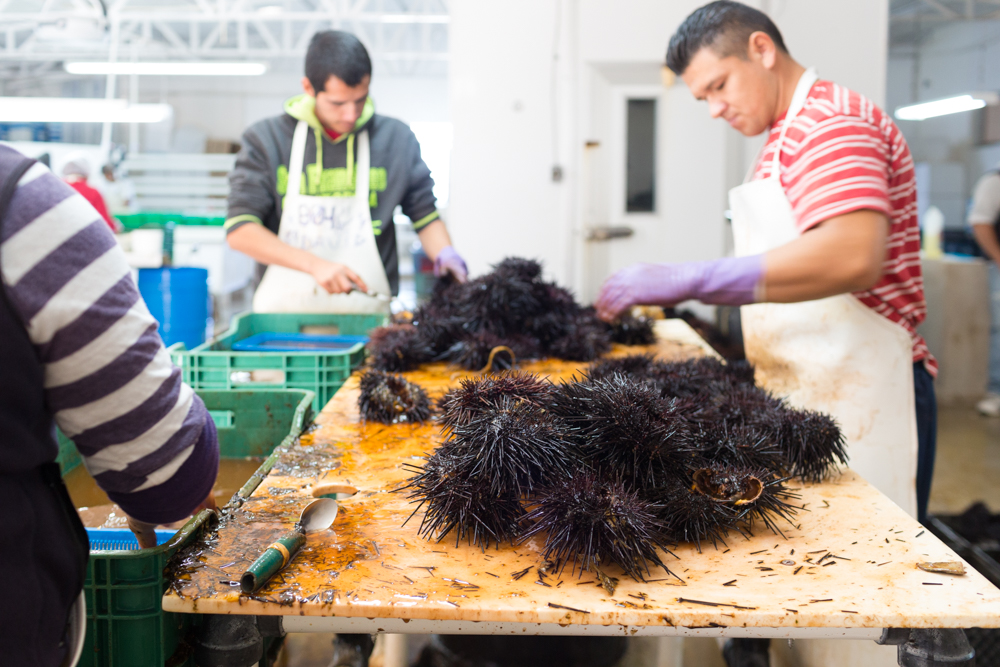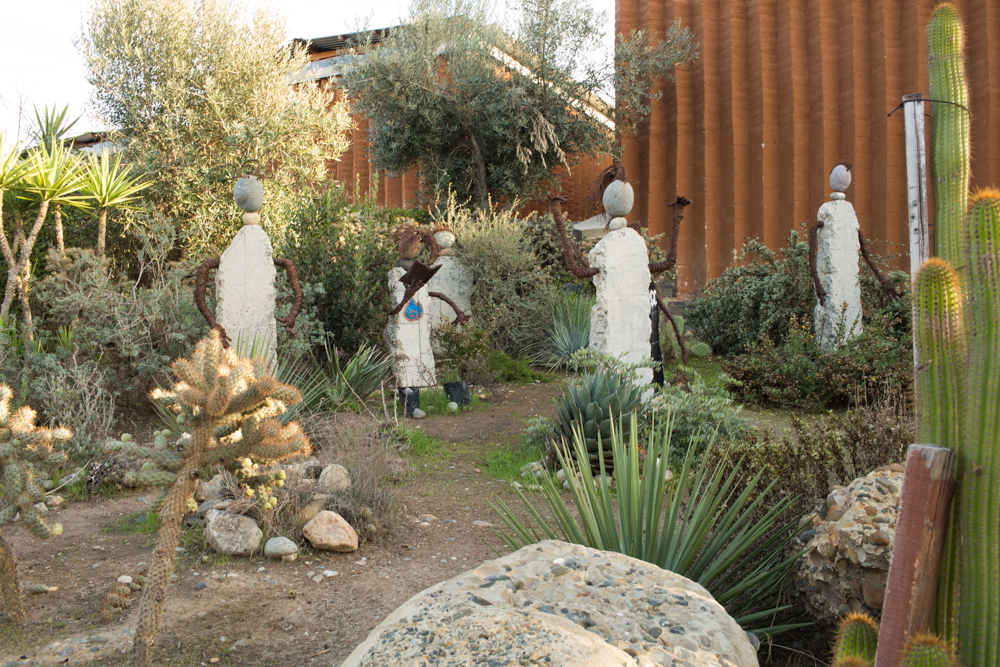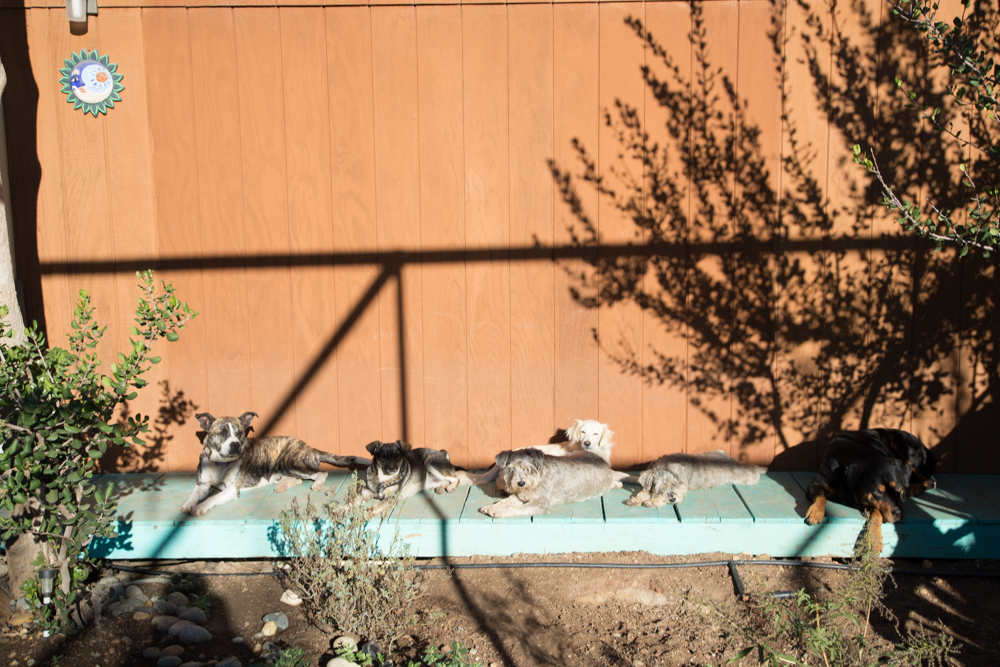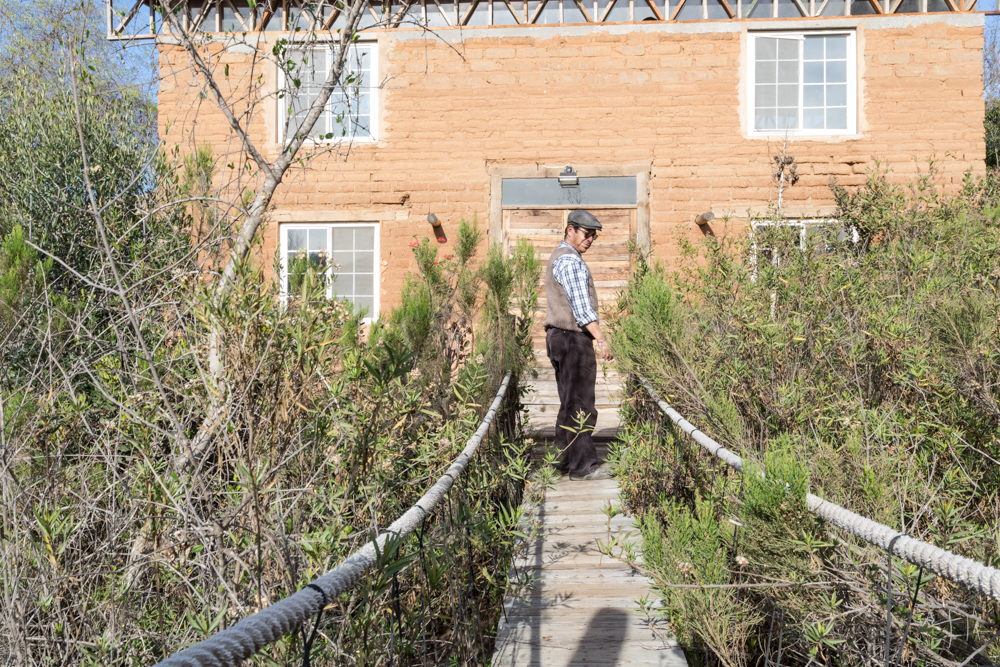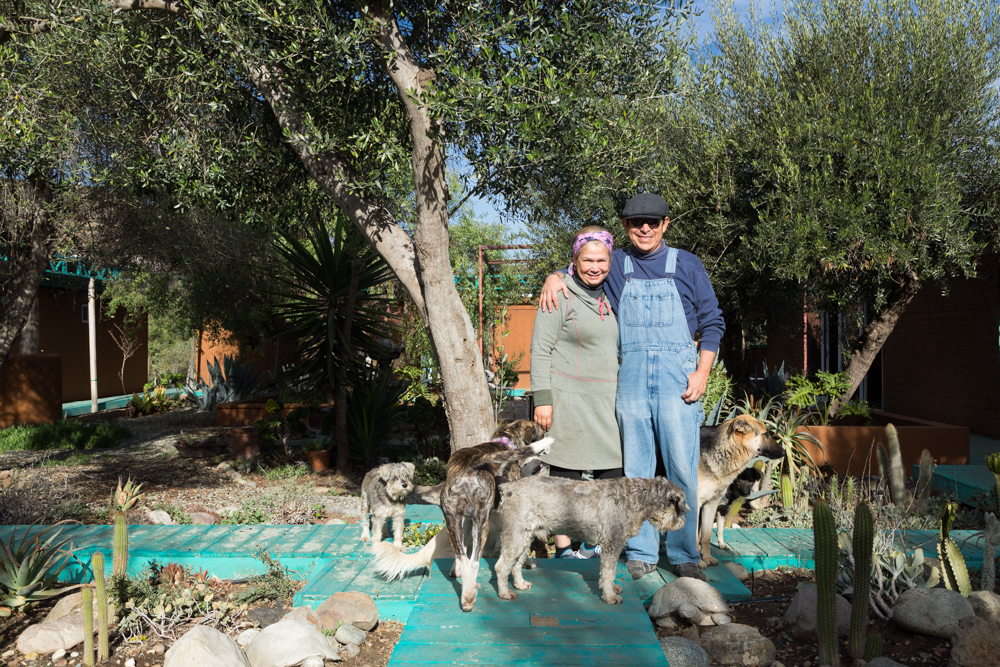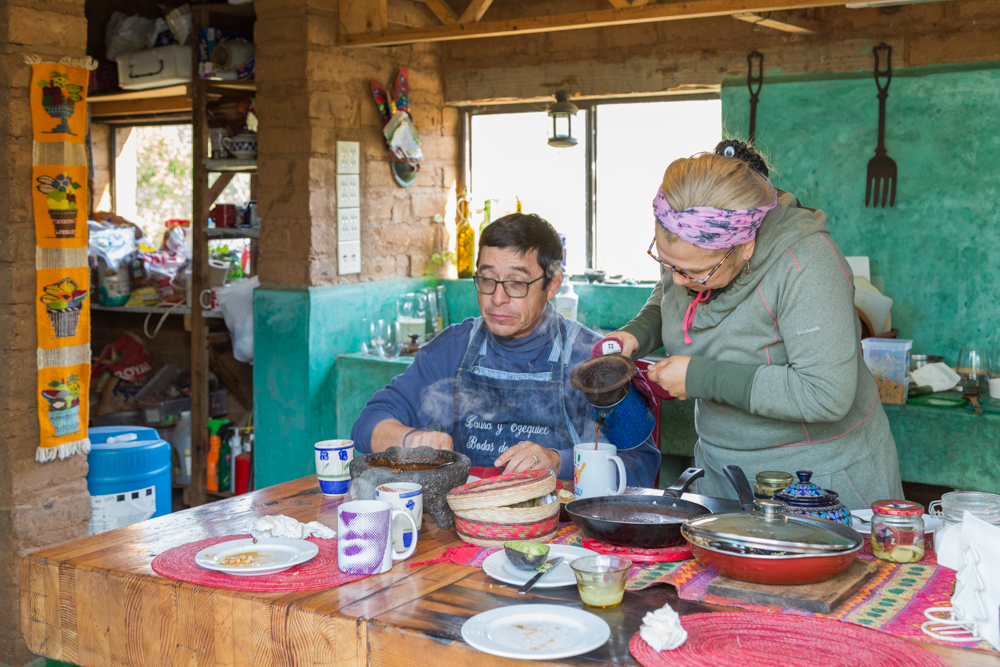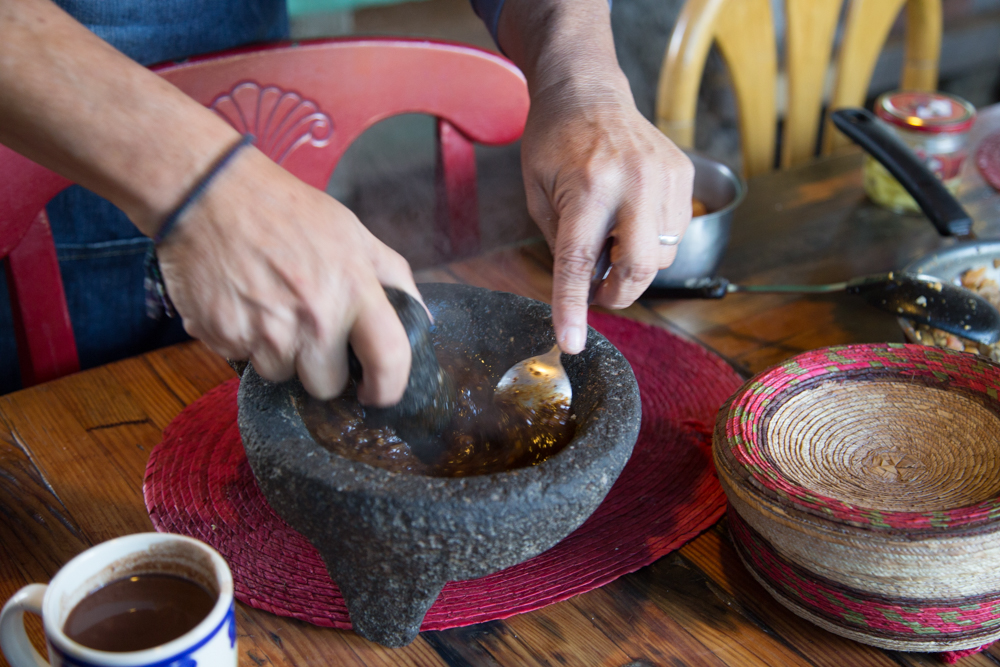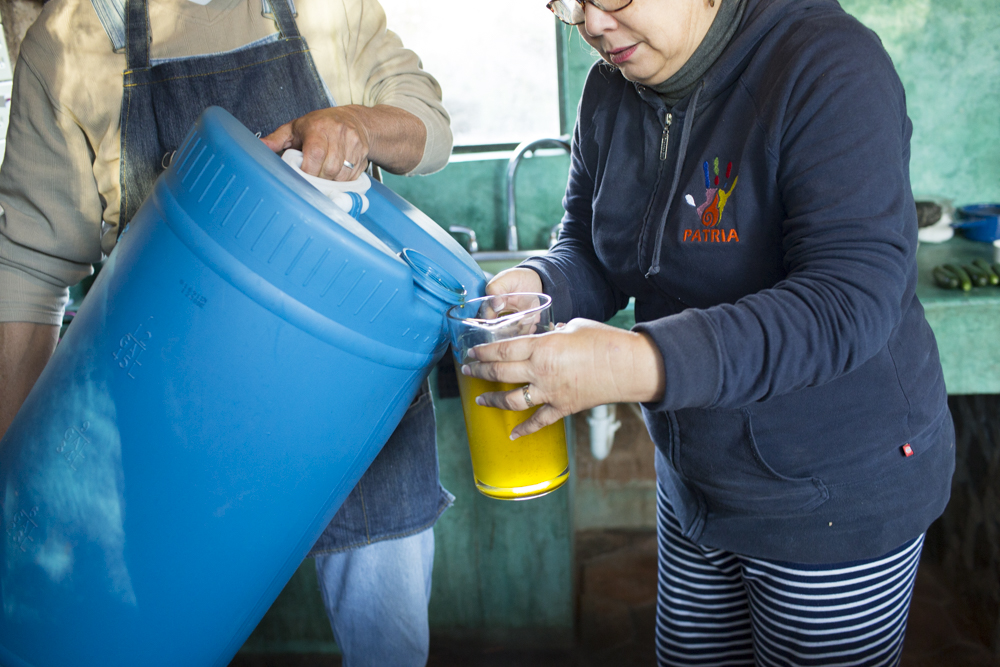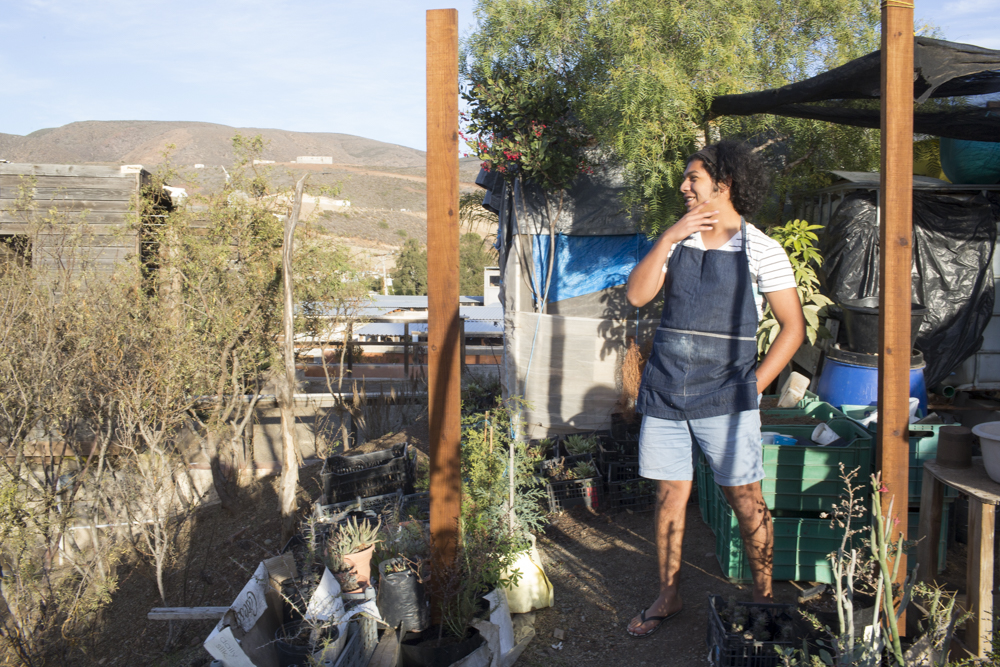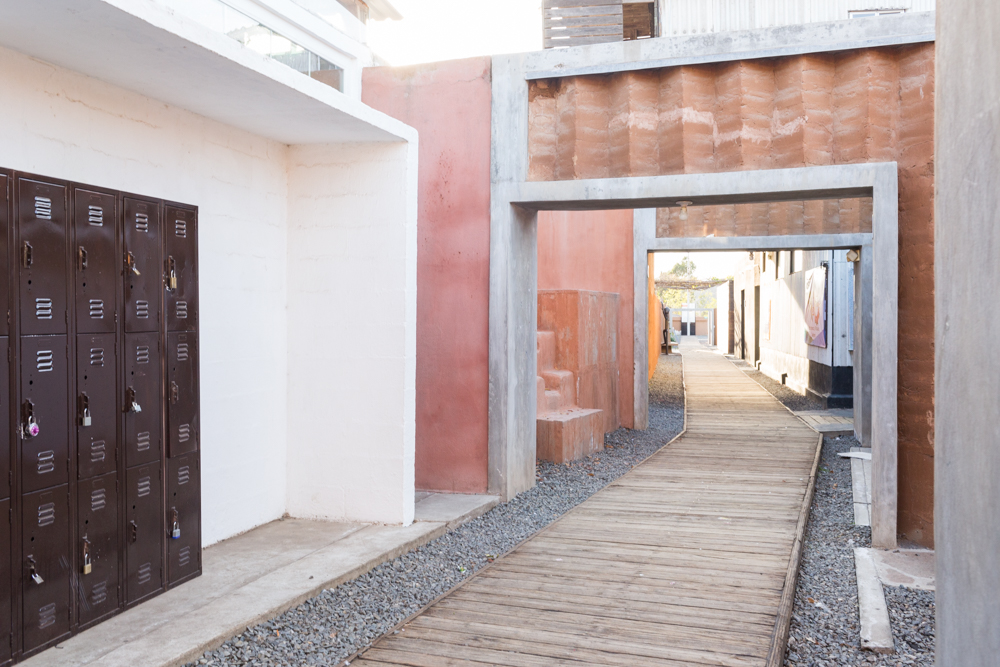Tiradito with Herbs and Bouillabaisse
Ezequiel and Laura’s Seafood Dinner
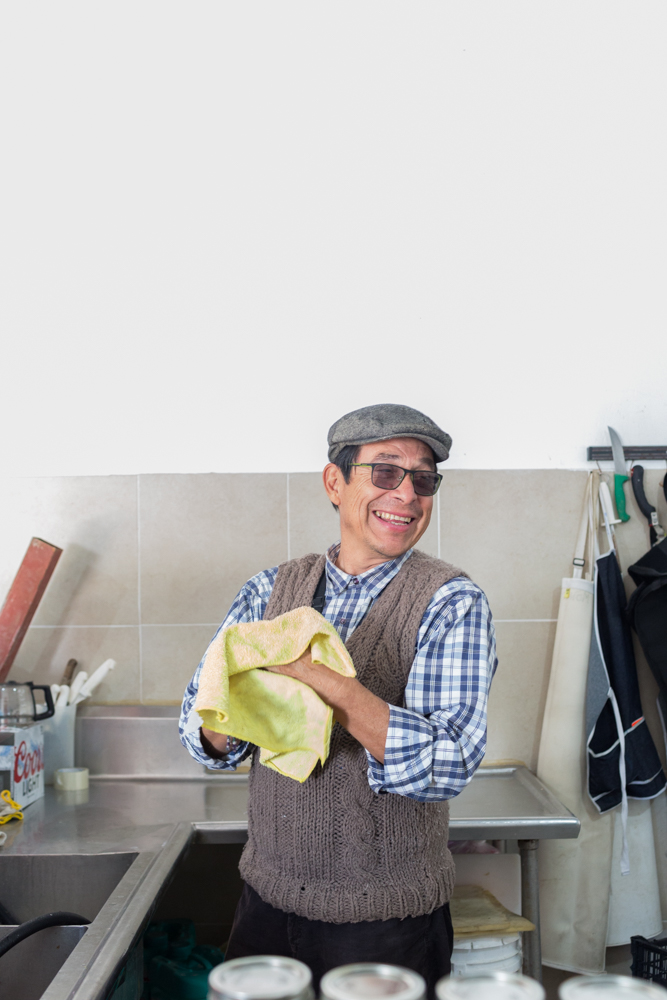
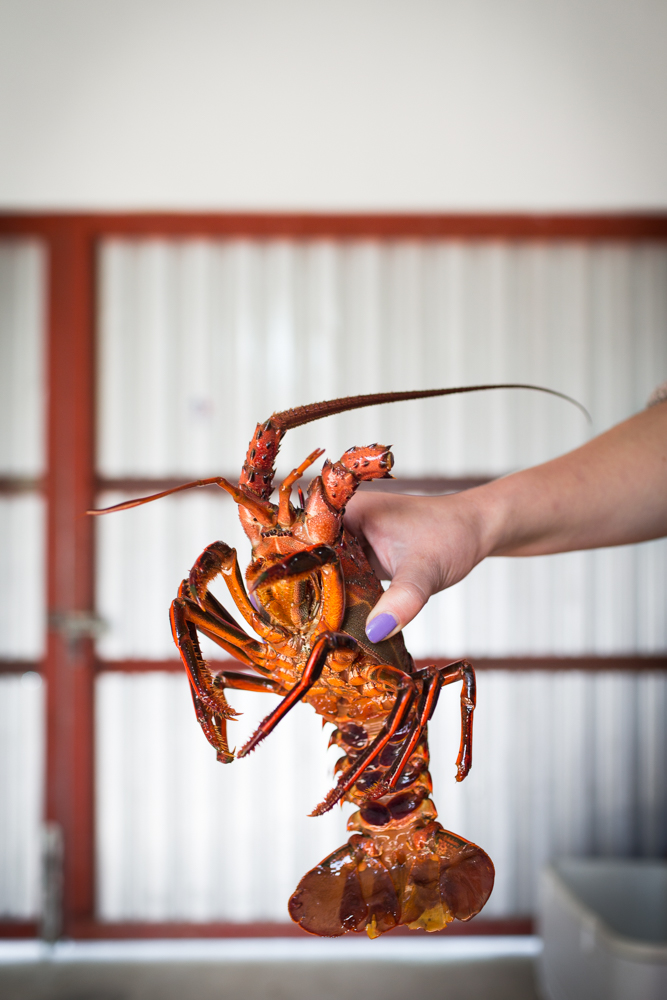
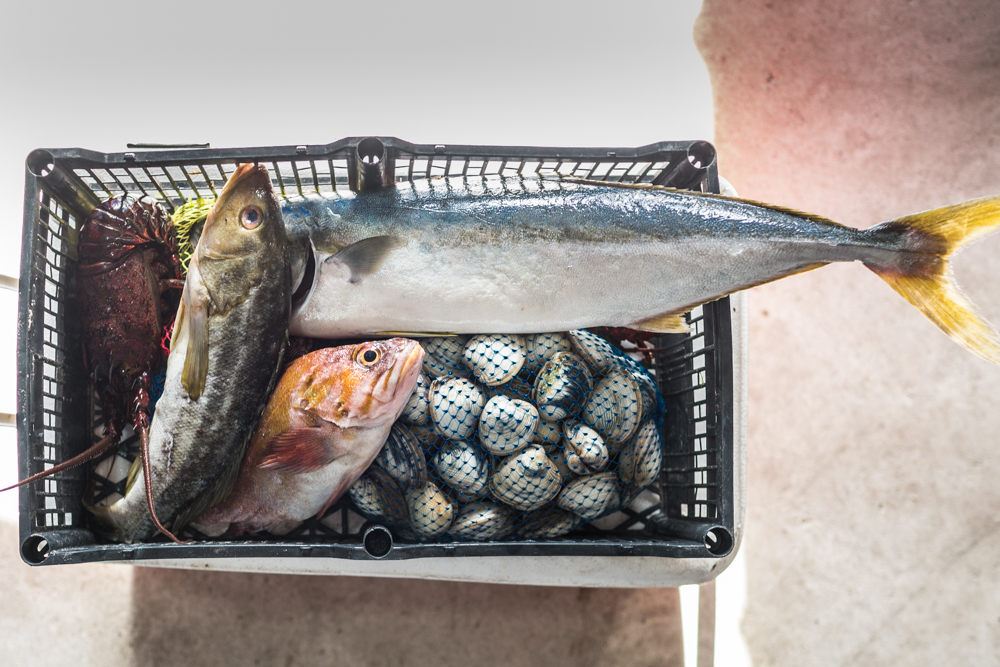
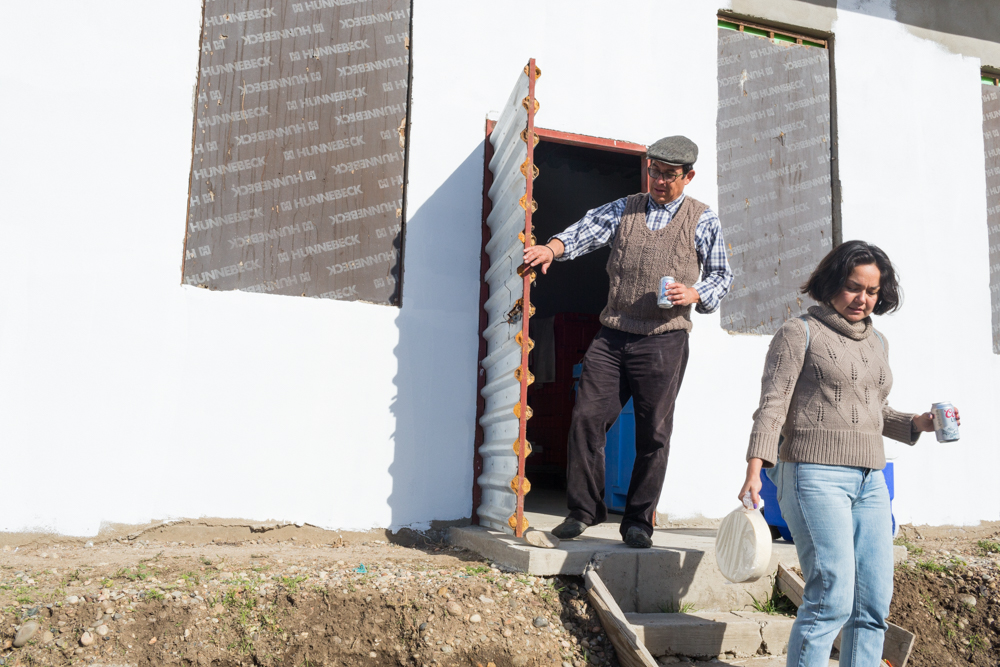
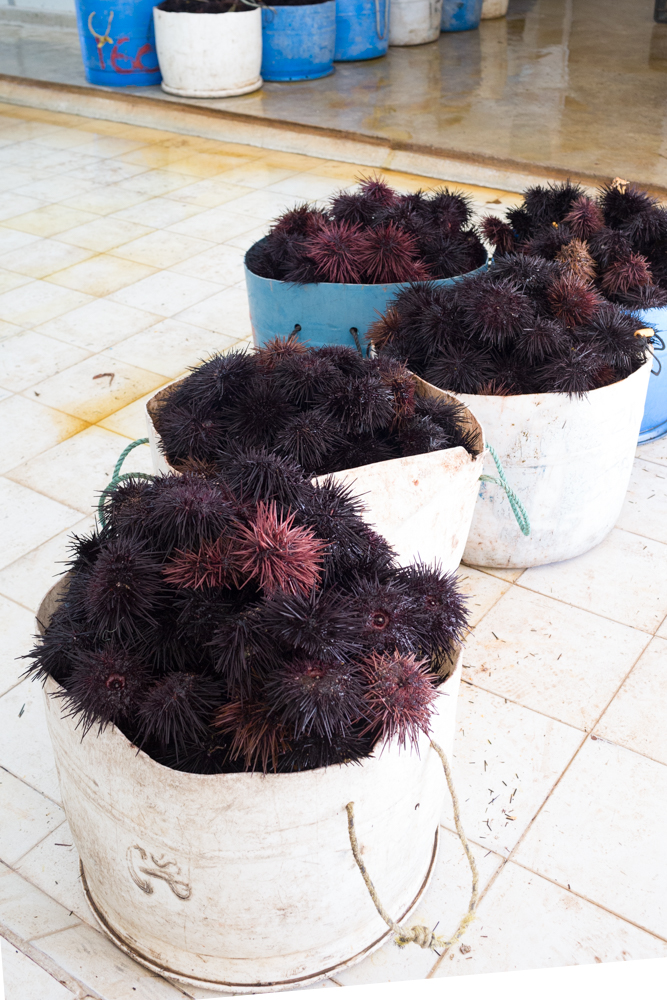
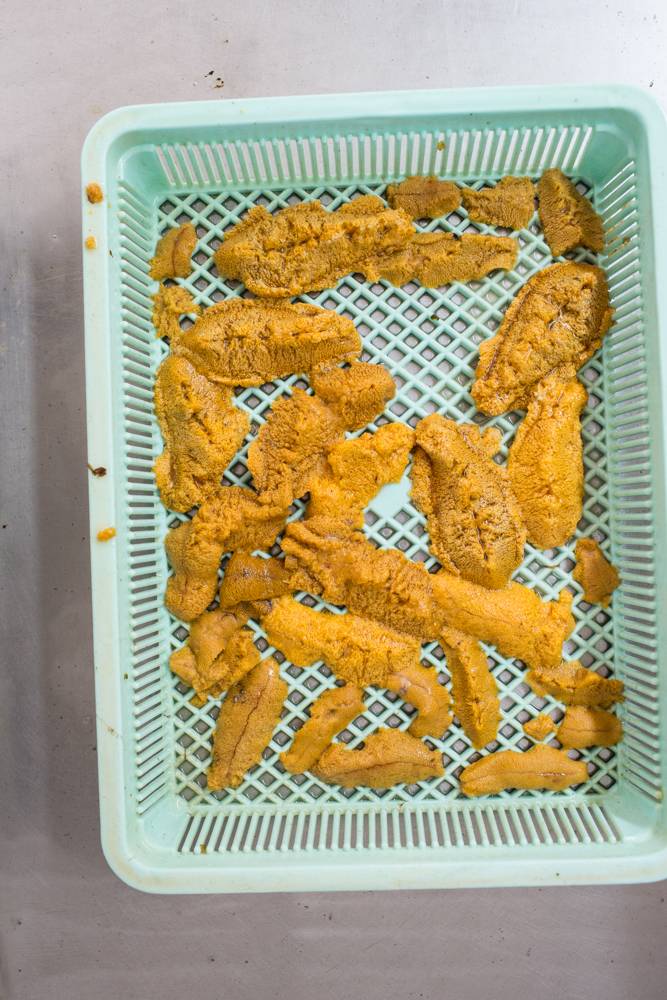
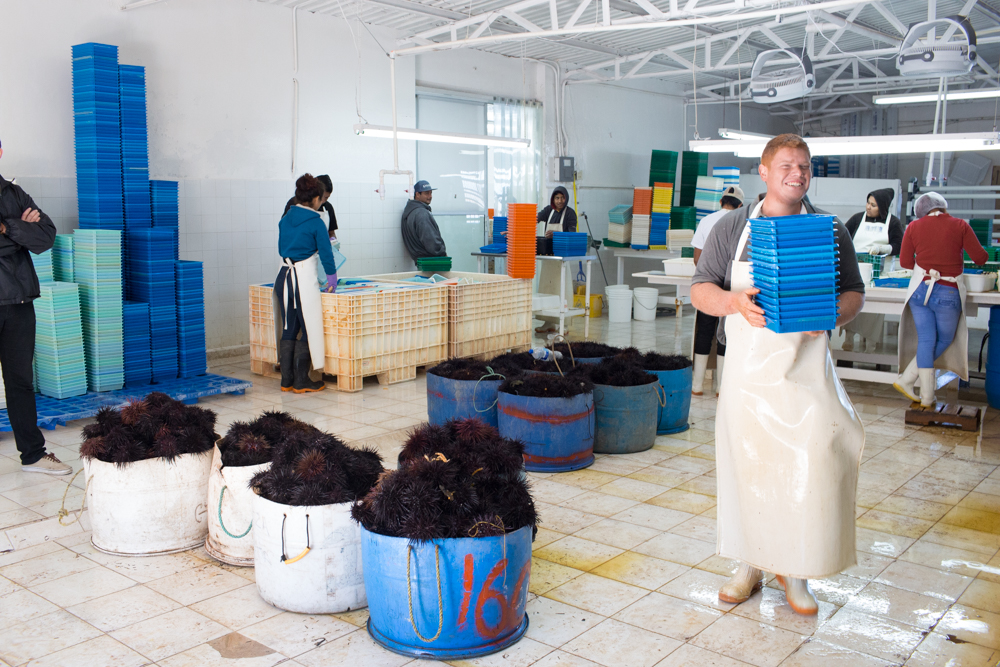
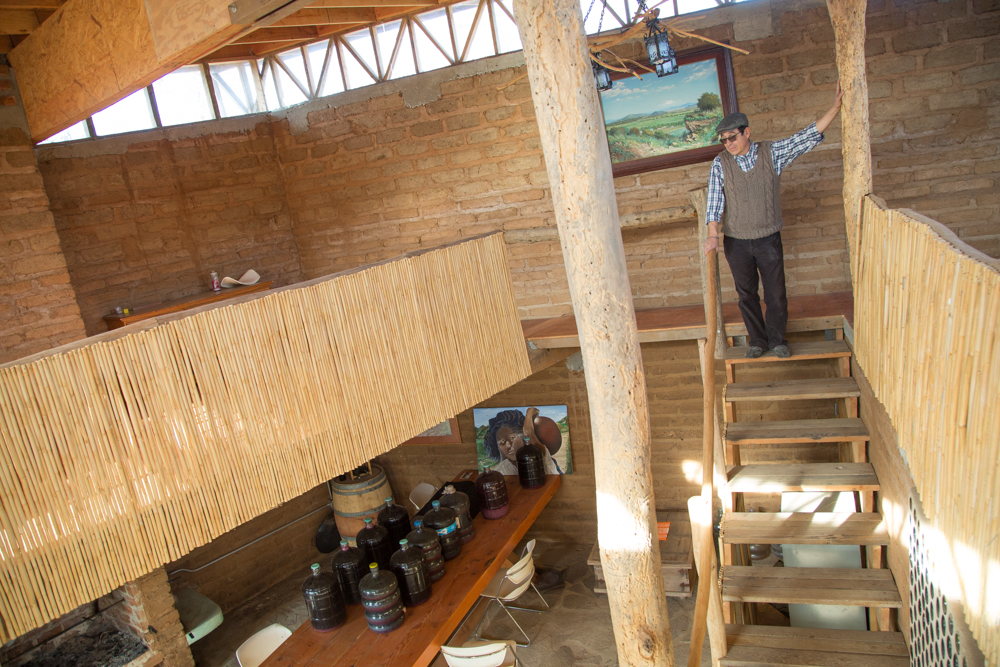
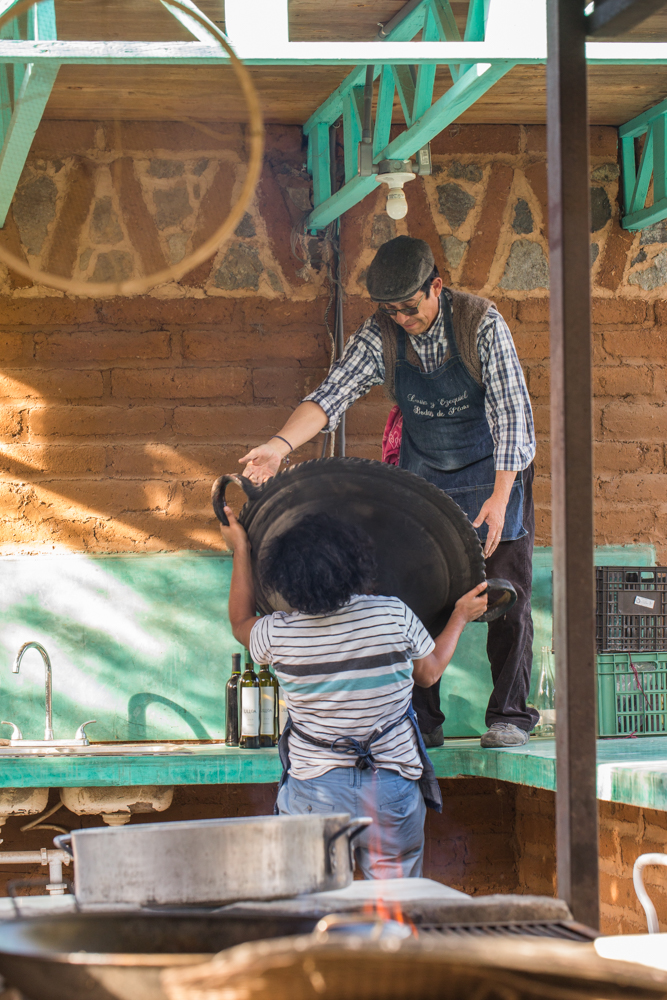
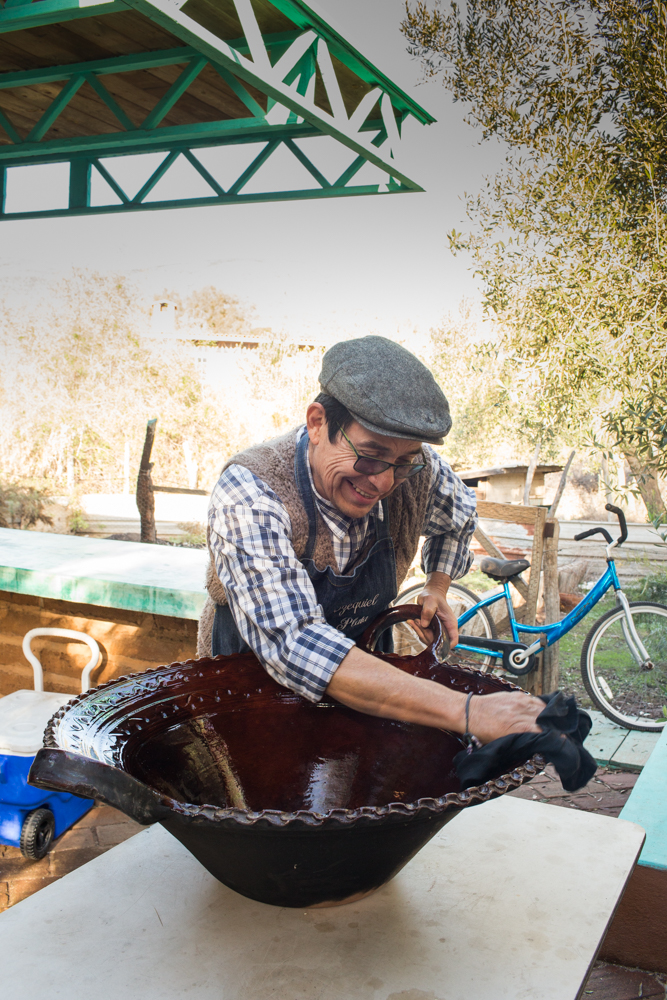
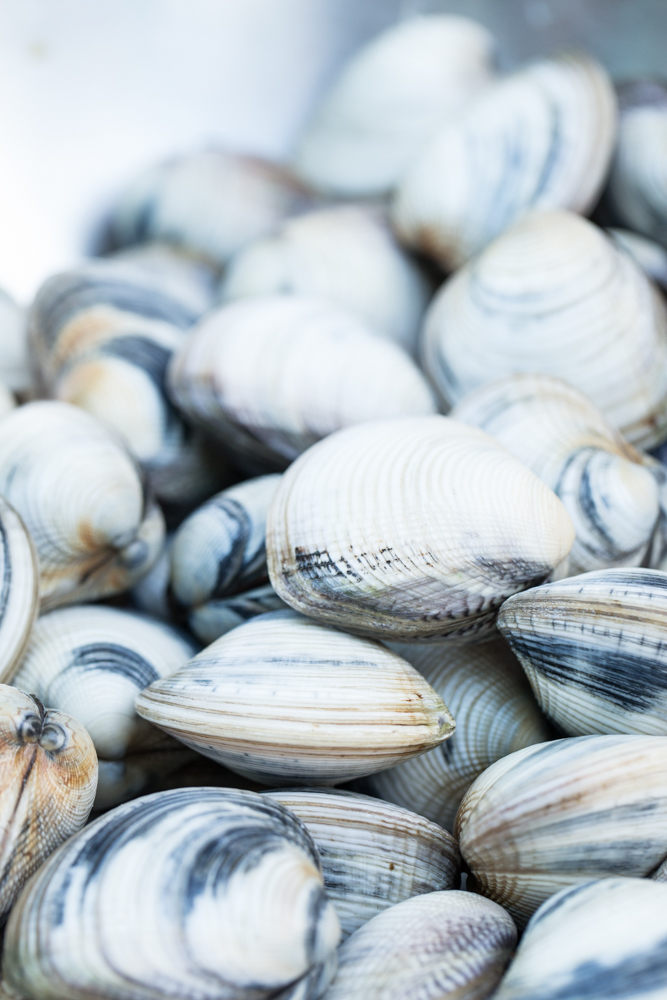
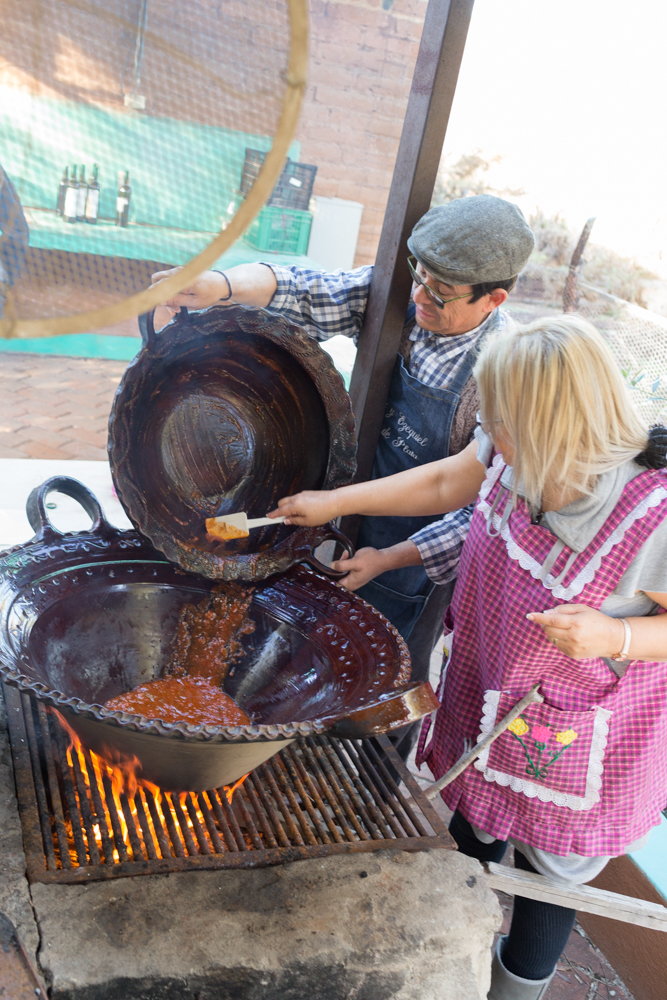
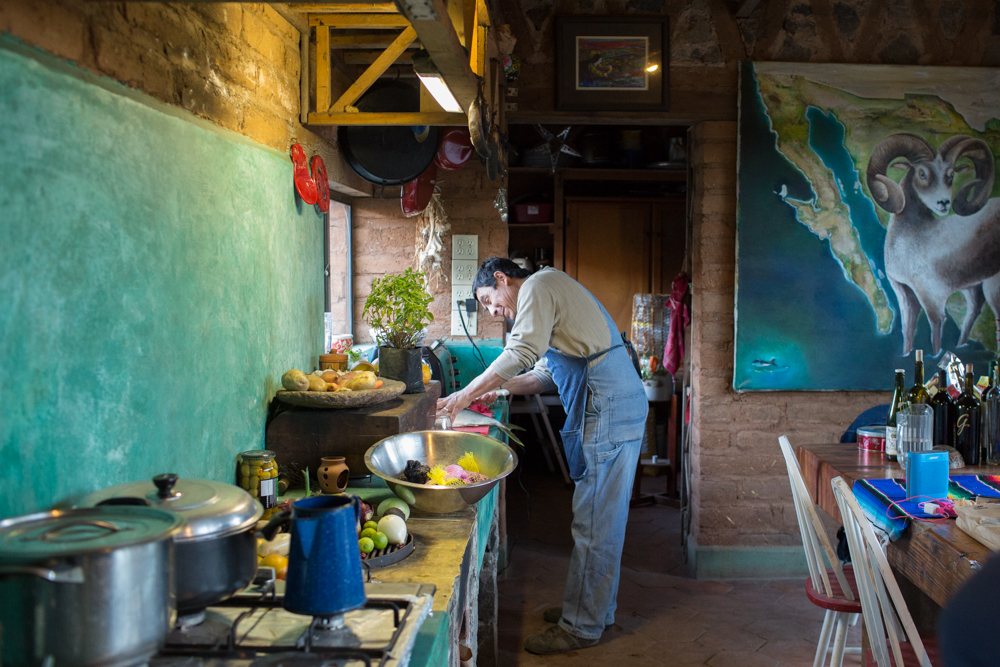
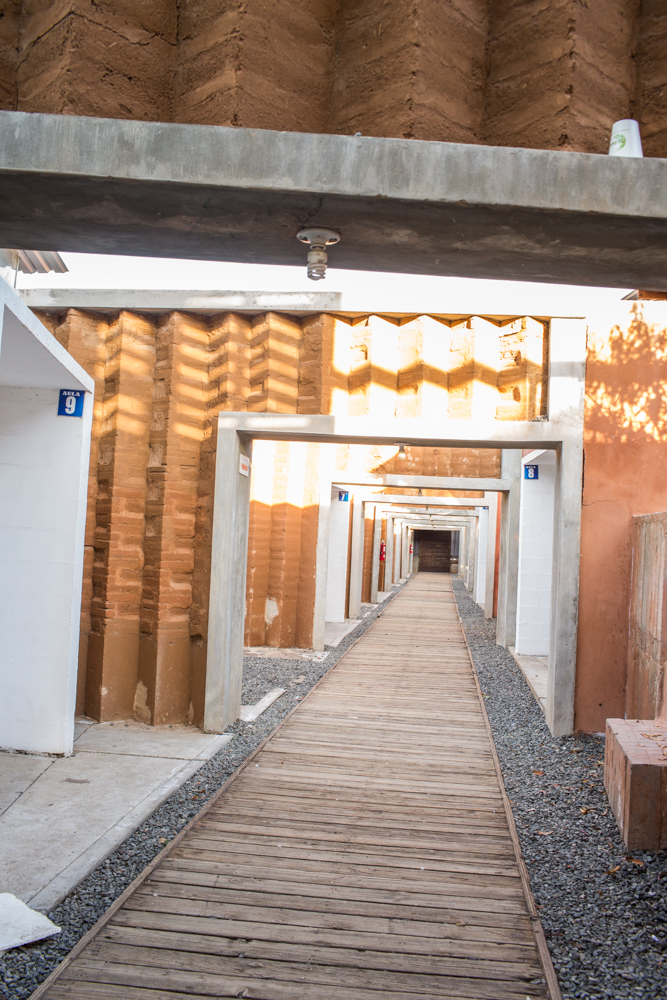
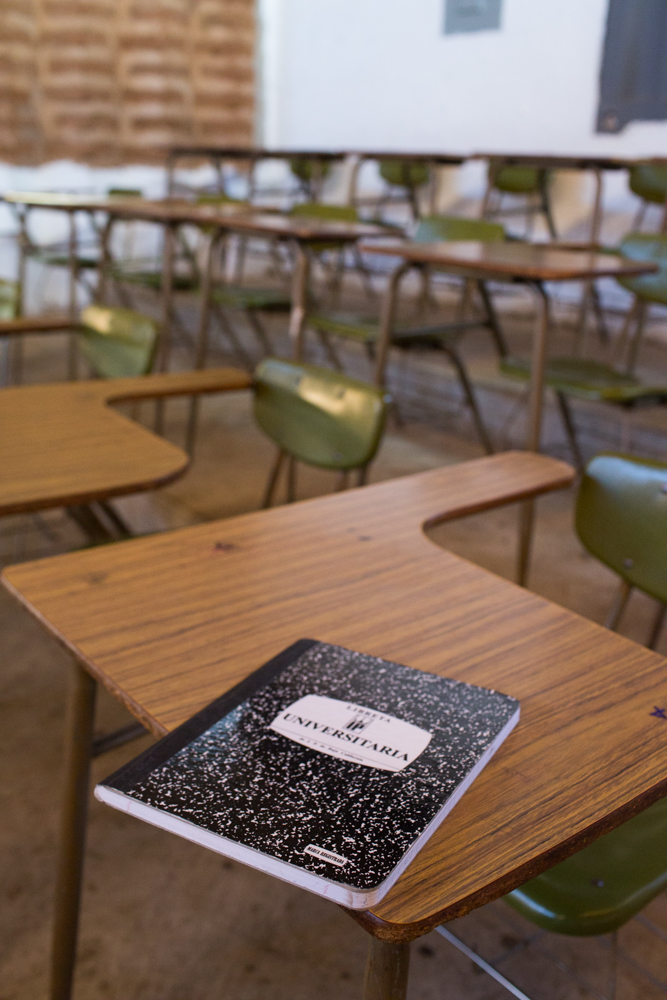
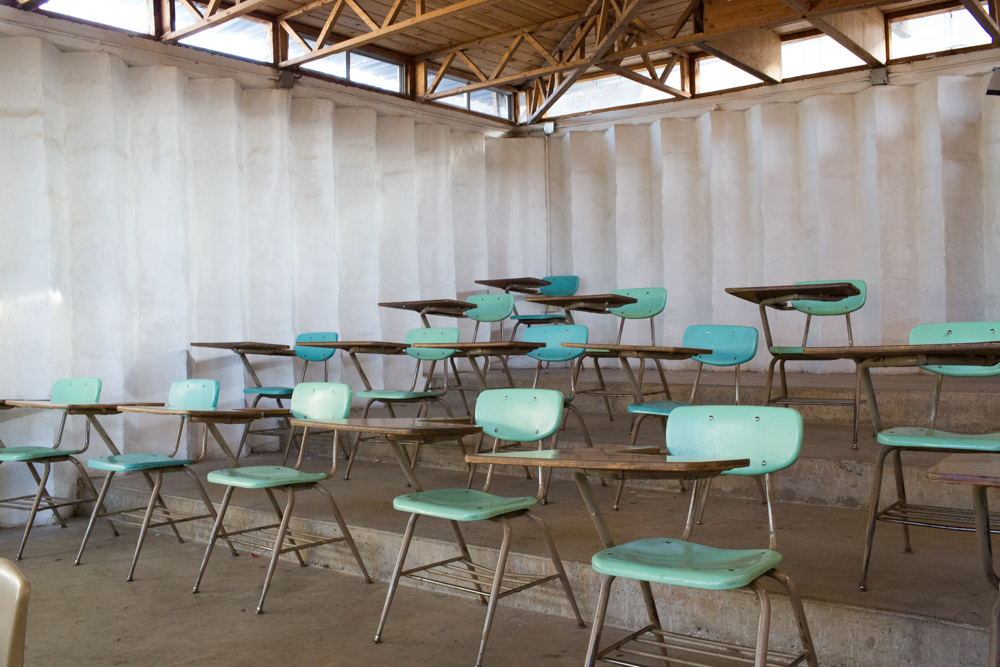
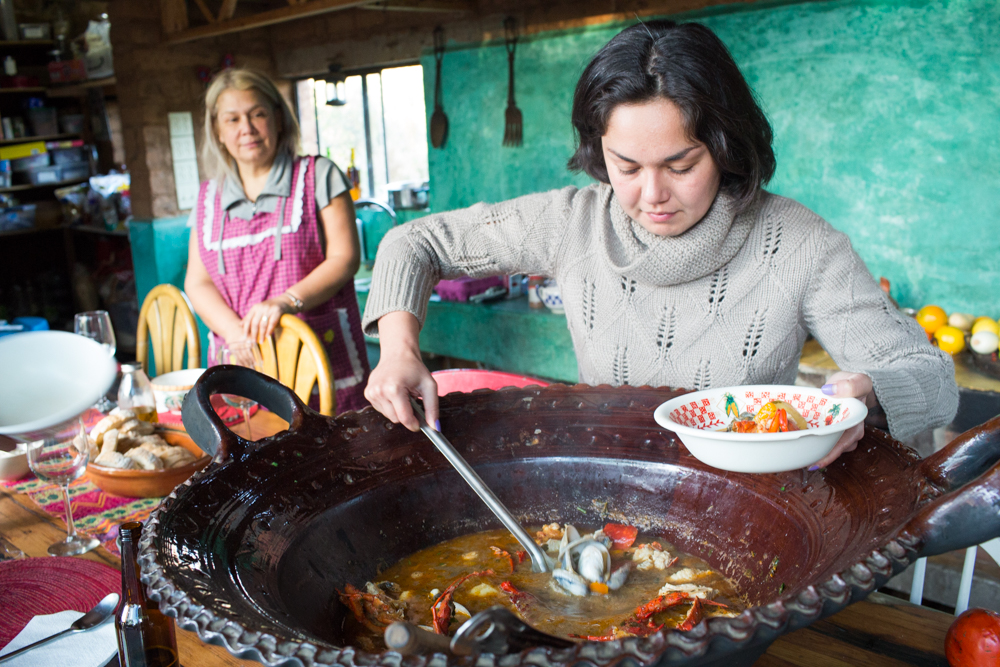
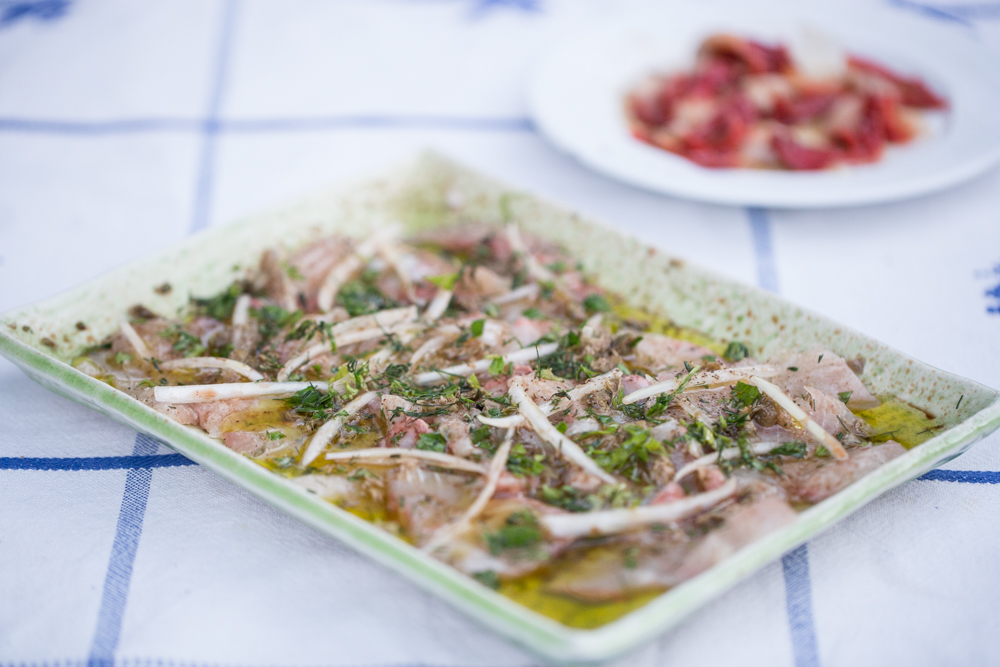
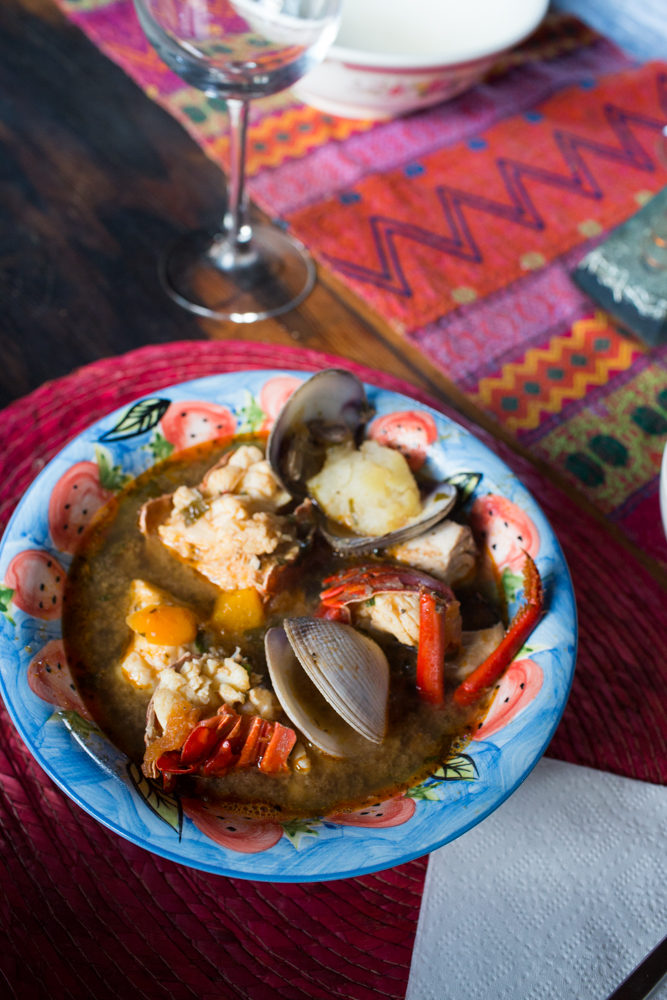
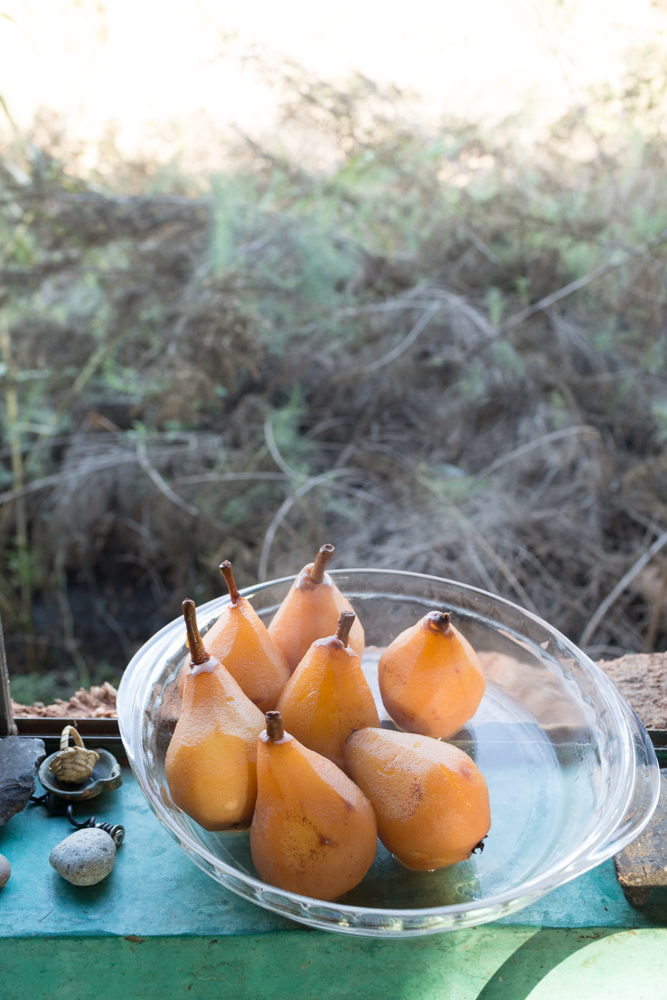
POSTED UNDER
- Ensenada,
- mexico,
- seafood,
- Year-Round
INGREDIENTS
- FISH,
- sea urchin,
- soup
NOTES
This bouillabaisse is a real seafood fiesta. Ezequiel even uses seaweed to season the stock, instead of salt (love that move). If you cannot find prophyra seaweed, a 6″ square of kombu would work well too, and is easy to find at the Japanese market or online. The mix of seafood is also up to you. See what is good and local at your market and just make sure to remove the skin from the fish before cooking.
For the tiradito, you can use a mix of herbs that appeal to you as well. Add a couple leaves of basil, or some dill. Up to you! But use great olive oil, since that taste will be prominent.
RECIPE
DIFFICULTY
HARD
SERVES
8
PREP TIME
60 MINS
Yellowtail Tiradito
-
2largeskinless filet yellowtail
-
1/4mediumwhite onion
-
2limesjuiced
-
1/4tspkosher salt
-
1tspbrined capers
-
1tspfresh marjoram leaves
-
1tspparsley leaves, roughly chopped
-
extra virgin olive oil
-
high quality balsamic vinegar
-
flaky sea salt
-
cracked black pepper
Bouilliabaisse
-
1cupolive oil
-
1largeSpanish onion, diced
-
4clovesgarlic, chopped
-
6largetomatoes, roughly chopped
-
1bay leaf
-
1/2tspfresh thyme leaves
-
1smallfennel bulb, diced
-
1/2bunchchopped parsley
-
2orange peels
-
1gramsaffron
-
1cupwater
-
2cupsdry white wine
-
1quartfish stock
-
1big pinchporphyra seaweed
-
1medred bell pepper, charred and skinned + chopped
-
3inchescelery, minced
-
2largecarrots, roughly chopped
-
2medIdaho potatoes, cubed
-
11lbchione clams, washed
-
3smalllobsters, chopped in chunks
-
16 lbamberjack fish, filleted, cut into 3" chunks
-
2smallfirm white fish (haddock, pollack, bass etc), filleted and cut into 3" chunks
-
drizzlesherry vinegar
-
drizzleolive oil
POSTED UNDER
- Ensenada,
- mexico,
- seafood,
- Year-Round
INGREDIENTS
- FISH,
- sea urchin,
- soup
There are some people in this world who just make you feel right at home the minute you meet. No matter their other commitments or obligations, these people make you feel like they have been waiting to meet you their entire lives, and they just can’t believe it took you so long to arrive. I would venture to say, 80% of these socially gifted people live in Mexico.
Ezequiel and Laura live just 15 minutes outside of Ensenada, down a winding dirt road that will tempt you to turn around and check your directions. But once you spot a radical school campus built from shipping container and perched on the cliffside, you will know you have arrived. Ezequiel opens the narrows passageway that secludes their secret garden property from the rest of the somewhat rag-tag part of Baja, and there you are – olive trees, turquoise pathways, an outdoor kitchen, a series of adobe buildings and a posse of 8 plucky rescue dogs.
What began as a brief visit with my friend/chef Niki Nakazawa, soon mushroomed into a maelstrom of hospitality. We went to Ezequiel’s factory, where pretty much all of the top quality fish in Mexico is received straight-off the boat, packaged and sent to the best restaurants. Ezequiel has been in the fish business for over 30 years, and there’s not a chef in this country who doesn’t know him by name and covet his product. René Redzepi’s entire team came to his house as research for Noma Mexico this winter, and Ezequiel has the signed copy of their cookbook to prove it. But did René get to hand-pick his dinner from the tank of gurgling sea water at Ezequiel’s warehouse? I think not. Niki and I on the other hand, got to hold a 5lb lobster (not so cuddly, but thrilling), we picked out pismo clams, yellowtail and chione clams, but we saved the uni for another trip. The next day, Ezequiel assured us, he would take us to an uni processing plant, where we could bring home a kilo to scoop onto tostadas and even scramble into our eggs. Oh yes, he had already invited us to come back for breakfast in the morning.
While I was more than googley-eyed at the sheer indulgence of all this seafood, Ezequiel and Laura have a larger story to tell. Laura is the principal at the small school across the road, a pedagogical project that they initiated when they first moved to the region and started their family over three decades ago. Simply seeking a better education for their kids, they organized their friends to teach everything from cooking and rare cactus cultivation, to more traditional core subjects like history, chemistry (Ezequiel still teaches that), and literature. One of their students gave us a tour of the grounds (we later realized that while this pupil’s own family lives a couple of hours away, he lives with Laura and Ezequiel during the semester so he might attend this beautifully progressive school). Drunk on their homemade red wine, olive oil and fish stew, I chatted with Laura and Ezequiel about how they found themselves in this enchanting place.
Ezequiel and Laura in Their Own Words
Julia Sherman: Tell me, why is the uni we are eating here so much more delicious than any I have ever tasted?
Ezequiel: In order to package uni, it has to be soaked in an anhydrous potassium alum solution to firm it up. Otherwise, it would never keep its shape. The alum is harmless, but it alters the taste. In my opinion, you have to try sea urchin straight from the shell to really understand the subtle, sweet flavor.
JS: And how is the uni graded? What makes one higher quality than another?
E: The best uni is about 1”-2” long and bright orange. It’s all about what the sea urchin ate while it was alive. Mediocre uni eats a combo of seaweed and coral or calcium and that makes it brown. If the sea urchin fed mostly on seaweed, it will have a sweeter taste. The uni we are eating today has red and purple shells. The purple is especially small and creamy. Most of that will be sent to Japan.
JS: When is sea urchin season?
E: July to February, but the product changes in that window. You are eating just the raw eggs, so It all depends on when they are spawning.
JS: With a glut of uni, what’s the best method of preparation?
E: We make a salad of peeled tomato, onion, lime juice and olive oil. Take the uni, add olive oil and put it in the pan and gently cook until it becomes fragrant but is still soft. Add it to the cooked uni to the salad and spoon it onto tostadas.
JS: I can’t really imagine anything better. Not even the fanciest of meals.
E: We cooked for Rene Redzepi when he was researching local food for Noma Mexico. He sent us an autographed book.
JS: What did you make for him?
E: We just served raw uni, wild mussels on the grill, some oysters, just a bunch of ceviche…
JS: Did you grow up in Ensenada?
E: No, I am from Oaxaca. I came here to study Oceanography, then I got married and never left.
JS: When you were in school, did you think you would sell fish?
E: No! I thought I would be a scientist. But it was all very complicated. I had received a scholarship to do my Master’s in Brussels, and Laura and I we were dating at the time.
Laura: We were dating at the time, and I was studying to be an engineer in Mexicali.
E: When I found out I got the scholarship from the Mexican government, I told Laura I had to go and I asked her to come with me.
L: I wouldn’t have been able to work or study in Europe unless we got married, so we did.
E: That was March of 1982. Then, on December 1st our economy crashed. My scholarship disappeared. I had a lot of friends in the middle of their studies or about to go and the government cut all the funding. It was 40 pesos to the dollar. My scientist dreams went down the drain. I had $300 to start with, but after the peso depreciated, it was only worth $60. I quit studying and started working with a Japanese marine biology research center. My boss’s sister was in the fishing business so I started to work with her to make money.
Laura: Two or three years later the peso stabilized, but by then Ezequiel was so involved in the fish business he didn’t go back to his studies. But I continued. I studied engineering and then I got my teaching degree, then I did a 4 year program in mathematics. I came to Ensenada to teach math. I also have a degree in Critical Pedagogy.
E: She’s a student all her life, and a teacher for 20 years. And she then we started a school, and Laura is the Principal.
JS: Wow! Tell me about the school.
E: The school is 14 years old. We wanted a better school for our first son. We were home-schooling him, but there was so many kids in the area who needed a place to learn. Once we organized, three months later 150 kids gathered to join the school.
JS: Where did you the teachers come from?
L: They were just my friends. Ezequiel teaches chemistry, another friend teaches chemistry…That was when the first project started in 1996.
JS: The design of the campus is so unique.
E: The architecture really engages with education. It inspires the kids. It gives them energy and peace. Ensenada is a conservative town, but we are intellectuals. We don’t have uniforms, we don’t care if the kids have piercings or how they wear their hair. We want them to have freedom. That’s everything. Our catch phrase is “Freedom with Responsibility.” There are no fences. The students could go wherever they want. The doors are never closed.
JS: Do you have support from the government?
E: It’s tough, economically. We just break even or we lose a little. The kids pay tuition, and there’s no funding from the government.
If you really want to educate properly, it’s not a business. We don’t have any help. But the way the school is designed, it’s designed to create good people. And we have had students go to Harvard or MIT to get their Doctorate degrees. Their families have a lot to do with it, but it’s our efforts combined. It’s very gratifying. It’s a living project.
